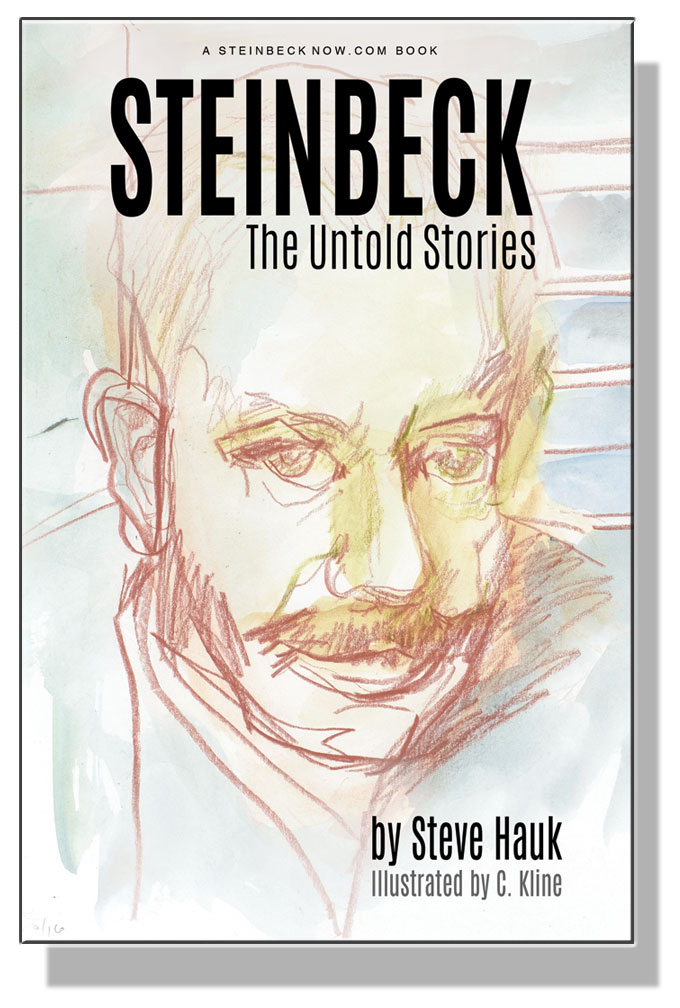Rushed Affection
You are a blood red rose,
A deep and opaque one.
Me I thought you chose.
Now the severance done.
You are a blinding Daisy,
My green and shining light,
And I unfortunate Gatsby,
With light pulled out of sight.
You are a song-filled siren,
Singing notes of bliss.
Jumped, I went a-diving,
Down deep, to find your kiss.
You are a gilded apple
That looks and tastes of gold
But makes my stomach grapple
And my sinking image cold.
I am the tragic fool
To haste forth like the bull
Into a rushed affection,
To drown in that same pool.




